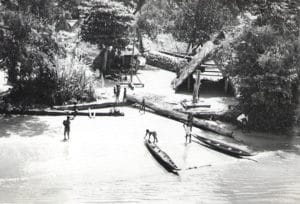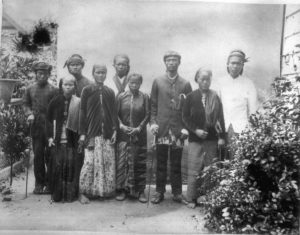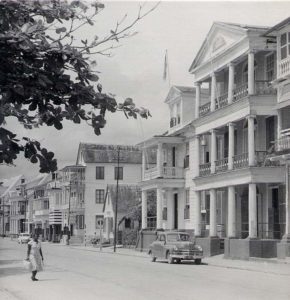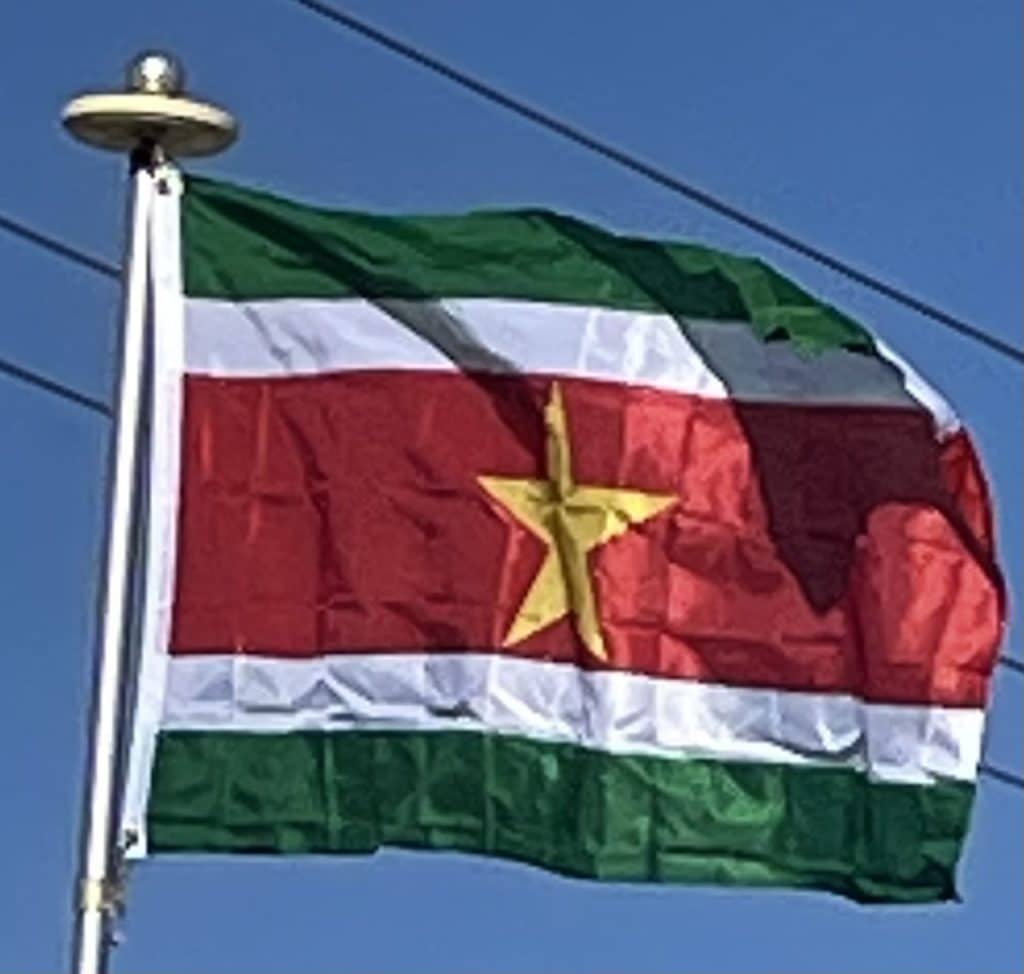With the help of the native South Americans living in the adjoining rain forests, these runaway slaves established a new and unique culture in the interior that was highly successful in its own right. They were known collectively in English as Maroons, in French as Nèg’Marrons (literally meaning “brown negroes”, that is “pale-skinned negroes”), and in Dutch as Marrons. The Maroons gradually developed several independent tribes through a process of ethnogenesis, as they were made up of slaves from different African ethnicities. These tribes include the Saramaka, Paramaka, Ndyuka or Aukan, Kwinti, Aluku or Boni, and Matawai.

The colonists also mounted armed campaigns against the Maroons, who generally escaped through the rain forest, which they knew much better than did the colonists. To end hostilities, in the 18th century the European colonial authorities signed several peace treaties with different tribes. They granted the Maroons sovereign status and trade rights in their inland territories, giving them autonomy.
Abolition of Slavery:
The Netherlands abolished slavery in Suriname in 1863, under a gradual process that required enslaved people to work on plantations for 10 transition years for minimal pay, which was considered as partial compensation for their masters. After that transition period expired in 1873, most freedmen largely abandoned the plantations where they had worked for several generations in favor of the capital city, Paramaribo. Some of them were able to purchase the plantations they worked on, especially in the district of Para and Coronie. Their descendants still live on those grounds today. Several plantation owners did not pay their former enslaved workers the pay they owed them for the ten years following 1863. They paid the workers with the property rights of the ground of the plantation in order to escape their debt to the workers.

During World War II, on 23 November 1941, under an agreement with the Netherlands government-in-exile, the United States occupied Suriname to protect the bauxite mines to support the Allies’ war effort. In 1942, the Dutch government-in-exile began to review the relations between the Netherlands and its colonies in terms of the post-war period.

In 1954, Suriname became one of the constituent countries of the Kingdom of the Netherlands, along with the Netherlands Antilles and the Netherlands. In this construction, the Netherlands retained control of its defense and foreign affairs. In 1974, the local government, led by the National Party of Suriname (NPS) (whose membership was largely Creole, meaning ethnically African or mixed African-European) started negotiations with the Dutch government leading towards full independence, which was granted on 25 November 1975. A large part of Suriname’s economy for the first decade following independence was fueled by foreign aid provided by the Dutch government.
